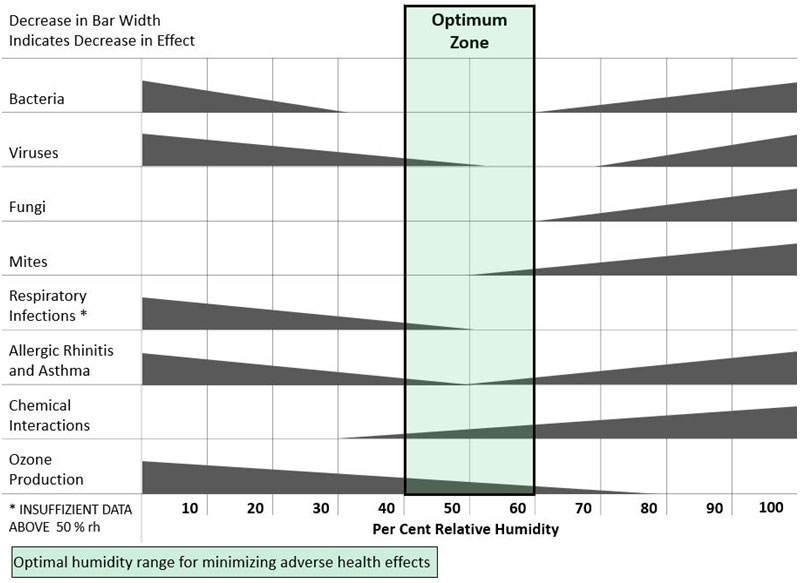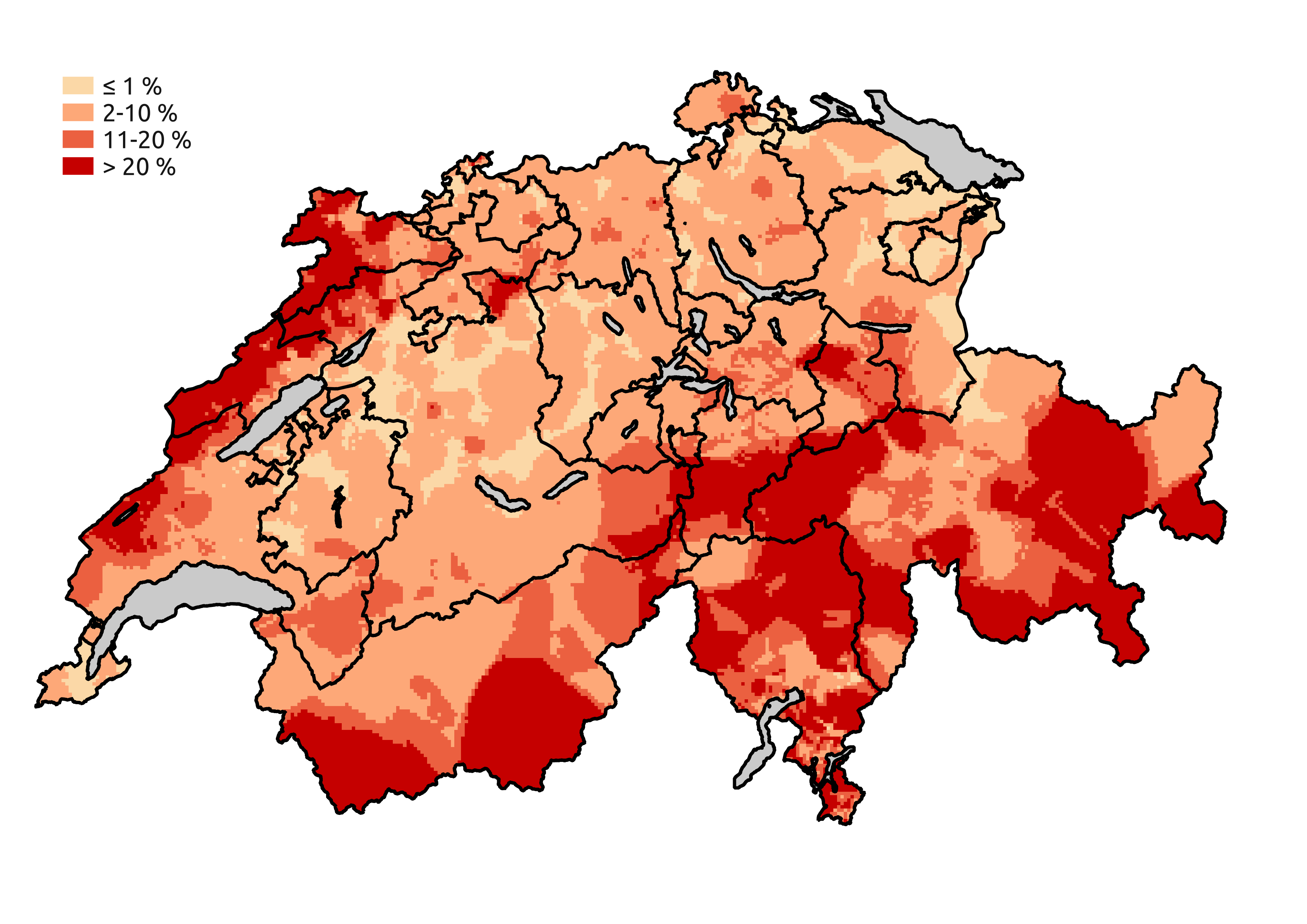Introduction
Have you ever thought about how many hours we spend indoors? Many studies have shown that 90% of our time is spent in closed environments and more than half of the air we breathe is from our private dwelling. With this comes the importance to have a decent indoor climate. The relationship between bad indoor air quality (IAQ) and health problems it’s still a field to be fully understood but we know for sure that it affects our health in multiple negative ways. The adverse effects are called Building-Related Illnesses (BRI) if they persist even outdoors or Sick Building Syndrome (SBS) symptoms if they are temporary. Household air pollution is the 3rd most important cause of health problems in the world, especially in third world countries.
The World Health Organisation (WHO) has defined indoor climate as including thermal, atmospheric, acoustic, actinic and mechanical environment but for the purpose of this report we are going to analyse only the first two topics.
Health impact due to thermal environment:
Temperature
There are different health impacts due to indoor temperature, which can be influenced by the floor level, the orientation or the shading of the dwelling. The location of the habitation is important too. For example, a small top-floor flat is more vulnerable to the heat, and so to health risks.
Common physiological symptoms due to temperature are cardiovascular problems, blood pressure and respiratory problems. Cardiovascular problems can be caused by high or low temperature, which increases the blood concentration and, consequently, the risk of having cardiovascular diseases (CVD). For an increase of 1°C, the blood pressure of a person decreases by 0.19 mmHg. If the blood pressure reaches a low level, it could be dangerous, especially for people with CVD conditions. Studies have also shown that, when the indoor temperature grows, there is an effect on the respiratory system, such as shortness of breath. On the other hand oxygen saturation occurs when there is a decreasing temperature.
There are also a lot of mental illnesses due to temperature: bipolar disorder, schizophrenia, suicide and others. These problems are directly related to the enhancement of the temperature and, people that already have mental illnesses, have worsen symptoms when exposed to a warmer environment (critical temperature 26°C). The same aspect is seen in people with health problems. Therefore we need to establish limits and raise awareness between people.
Humidity
A number of health-related agents are affected by indoor humidity. All of them affect human health primarily through their inhalation but also through the skin. In particular, health effects such as allergic reactions, respiratory diseases, discomfort, loss of productivity as well as the known “humidity fever” are issues of a mistaken RH value. Biological agents as bacteria, viruses and fungi require proper conditions in the building for their germination and release to the air as well as transport to the human host, as shown in Figure 1.

Most of the identified biological health agents grow on the surfaces of the building and its furnishings. A low humidity value can cause dry nose, mouth, eyes and skin. A high humidity value reduces the evaporating cooling rate and encourages the formation of sweat like mold, which can cause health problems that range from itching eyes, sneezing and coughing to serious allergic reactions, asthma attacks and even permanent lung damage. These conditions can provoke dust mite contamination which can also induce asthma and allergic rhinitis. Multiple measures can be adopted to control biological agents inside buildings. The purpose is to ensure that the surfaces remain dry through RH value as well as ensure an adequate indoor ventilation.
Health impact due to atmospheric environment:
Air Pollutants
Air Pollutants are the first thing that comes to mind when people think about poor air quality. In fact, indoor concentrations of pollutants are approximately 3 times higher than outside due to the enclosed space and bad ventilation rate. Many sources are responsible for emissions and dozens of pollutants are present, but in this report, we want to analyse a major air pollutant present in Switzerland: Radon Rn-222. This inorganic gas comes from uranium’s decay and is mainly present in the Alps and in Jura as shown in Figure 2.

Decay products, which are also heavy metals, tend to flow through a permeable ground or cracks and to accumulate in small enclosed places and if inhaled it can lead to lung cancer due to the radioactivity. Indeed, radon is responsible for 200-300 deaths a year in Switzerland and thousands in the US. The presence of Radon must be assessed with precise measurements and can’t be predicted because it’s odorless, tasteless and colorless. Switzerland has determined a maximum of 300 Bq/m3 (Becquerels per cubic meter, unit of radioactivity) for average annual radon exposure. The presence of this pollutant is higher when inside becomes warmer.
Multiple measures can be taken to prevent or reduce radon’s presence inside buildings. Nowadays there are radon barrier membranes to use as additional sealing of the building. Some other procedures can be to build non permeable foundations, to eventually aerate below the building and to plan an adequate indoor ventilation combined with filtration systems (all regulations and measures are described in SIA standard 180/2014).
Conclusion
As we have seen, in indoor climates there are multiple factors that can affect human health and well-being, such as indoor temperature, humidity and air pollutants in the indoor environment. Their impact on indoor climate quality depends on the location of the building, on his design and on the measures taken to avoid the risk of their negative effect. For this reason, it’s important for civil engineers, architects and building designers to have a deep knowledge of this topic. Their choices during the design of the building can significantly affect the well-being of the occupants. Through a well-thought system to enhance indoor air quality we can also reduce the risk of illness and consequently also the risk of absenteeism and loss of productivity in commercial buildings. Progress in indoor air regulations have already been made, but they are still needed, even if it has been clarified that an exact definition of good IAQ does not really exist.
Authors: Diogo de Almeida Sousa, Paolo Mansour, Lorenzo Ballinari, Riccardo Milesi
References
[1] Baughman, A. Arens, Edward, “Indoor Humidity and Human Health-Part I: Literature Review of Health Effects of Humidity-Influenced Indoor Pollutants”, (1996)
[2] Berkeley LAB, Indoor Air Quality – Scientific finding resource bank, “Ventilation rates and health in homes”, Retrieved 08. November 2020 From: https://iaqscience.lbl.gov/vent-home
[3] Chien-Cheng Jung, Ying-Fang Hsia, Nai-Yun Hsu, Yu-Chun Wang, Huey-Jen Su, Science of the Total Environment,, Elsevier, “Cumulative effect of indoor temperature on cardiovascular disease–related emergency department visits among older adults in Taiwan”, (2020)
[4] Jan Sundell, Hal Levin, “Ventilation Rates and Health: Report of an Interdisciplinary Review of the Scientific Literature” (2007)
[5] Kjell Andersson, “Indoor climate and health: What do we really know?”, Copenhagen, Denmark – Paper ID: We9K1, (2008)
[6] L. Molhave, Environment International Vol. 15, pp.65-74, “The sick buildings and other buildings with indoor climate problems”, (1989)
[7] Qiong Wang, Changchang Li, Yanfang Guo, Adrian G. Barnett, Shilu Tong, Dung Phung, Cordia Chu, Keith Dear, Xuemei Wang, Cunrui Huang, Science of the Total Environment, Elsevier,, “Environmental ambient temperature and blood pressure in adults: A systematic review and meta-analysis”, (2017)
[8] R. Thompson, R. Hornigold, L. Page, T. Waite, Public Health, Elsevier, “Associations between high ambient temperatures and heat waves with mental health outcomes: a systematic review”, (2018)
[9] Swiss Confederation, Federal Office of Public Health FOPH, “Radiation, radioactivity & sound: Radon”, Retrieved 05. November 2020
From: https://www.bag.admin.ch/bag/en/home/gesund-leben/umwelt-und-gesundheit/strahlung-radioaktivitaet-schall/radon.html
[10] S. Tham, R. Thompson, O. Landeg, K.A. Murray, T. Waite, Public Health, Elsevier, “Indoor temperature and health: a global systematic review”, (2020)
[11] VELUX Group, “Health effects of indoor air quality”,
Retrieved 03. November 2020
From: https://www.velux.com/what-we-do/research-and-knowledge/deic-basic-book/ventilation/health-effects-of-indoor-air-quality